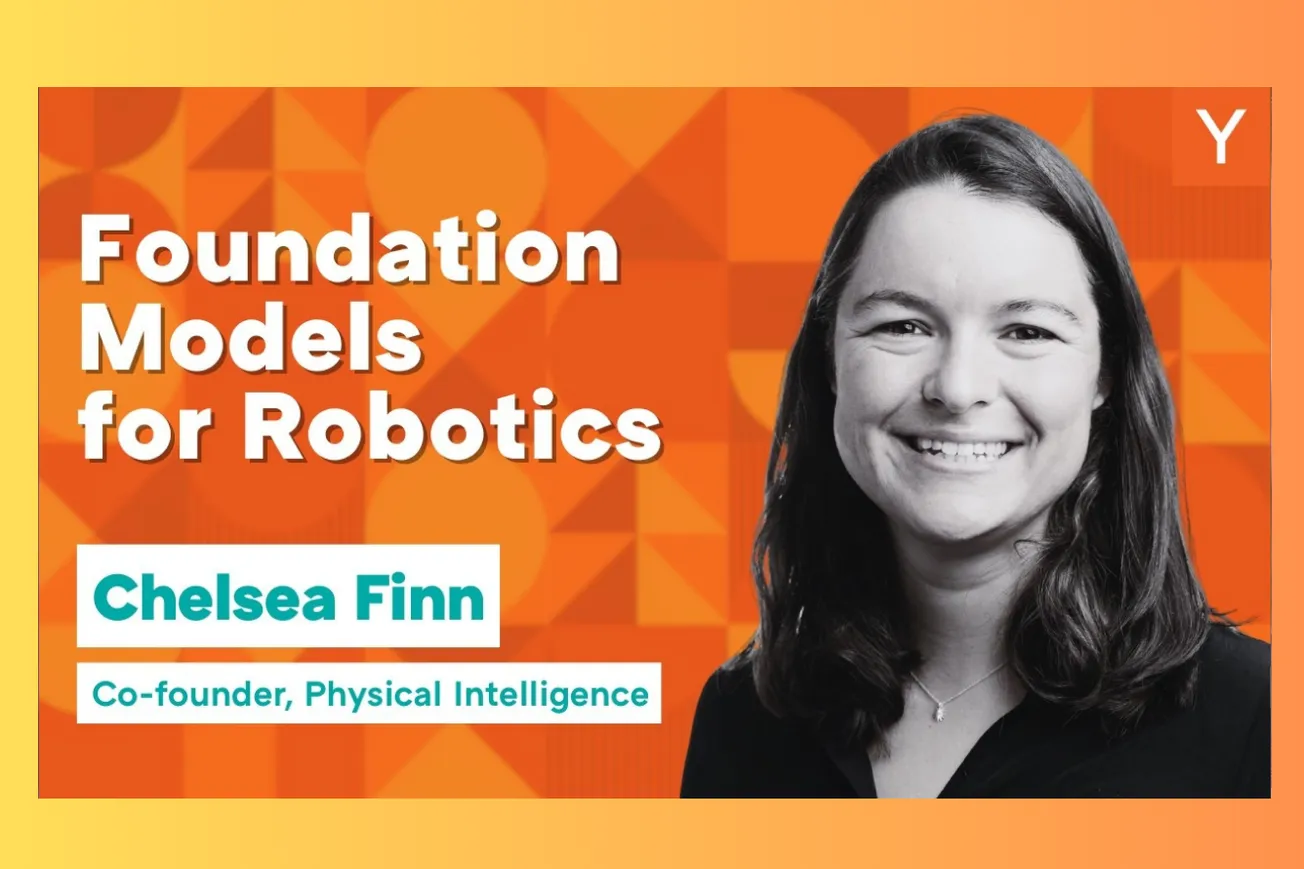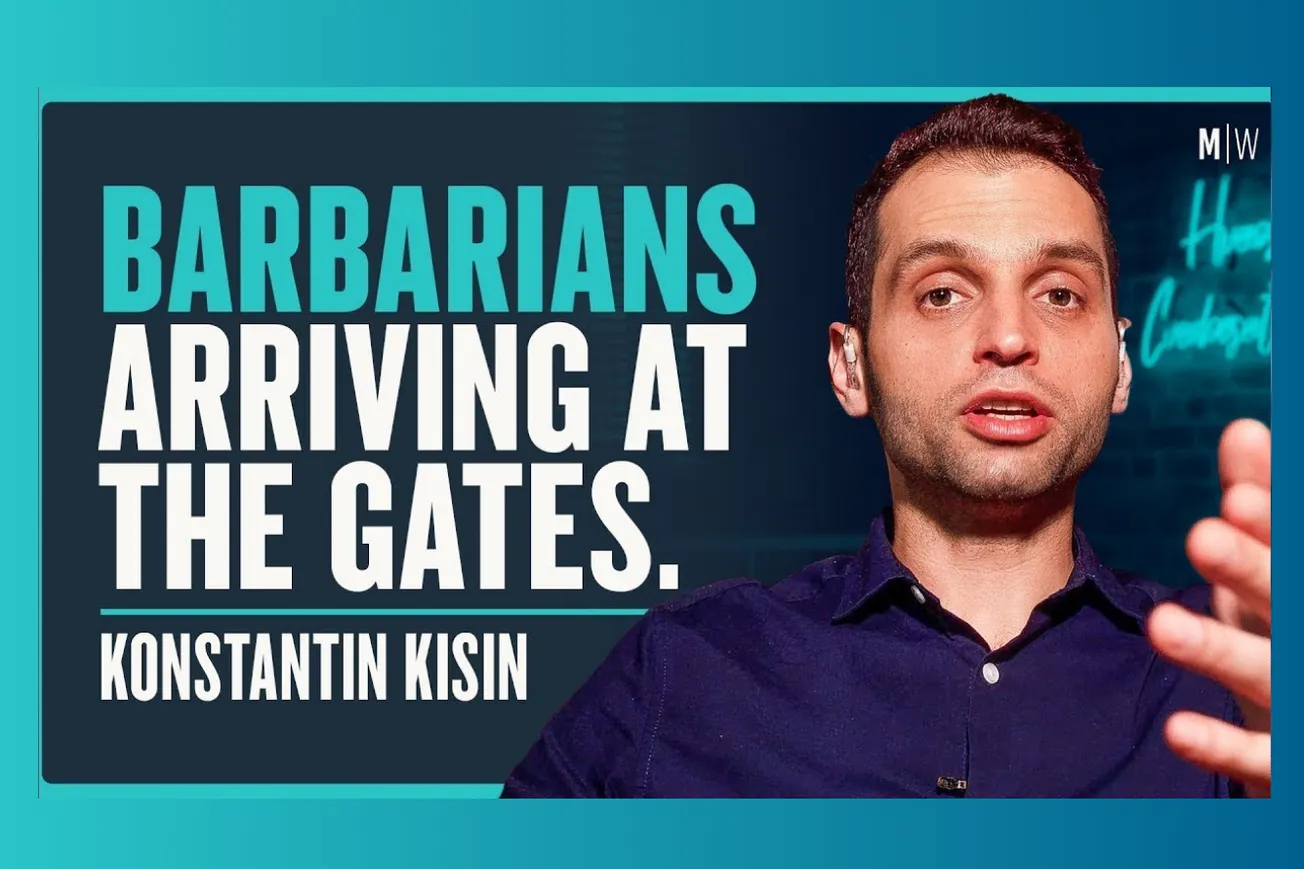Table of Contents
AI voice agents are transforming healthcare operations by automating administrative phone calls, with one company completing over 5 million calls to address critical workforce shortages while improving patient care delivery.
Healthcare's labor shortage meets its match in AI agents designed to handle the industry's most time-consuming tasks.
Key Takeaways
- Infinitus has completed over 5 million phone calls with 100+ million hours of AI-human conversations since 2019
- Healthcare workforce shortages prevent 50% of patients from accessing prescribed therapies due to administrative delays
- Voice agents handle benefit verifications, prior authorizations, and status checks that previously required human staff
- AI co-pilots eliminate waiting on hold, with humans only engaging when the other party is ready to talk
- Guardrail systems using small language models prevent hallucinations and ensure compliance in high-stakes healthcare environments
- Major payers have created dedicated call centers specifically for AI agents, recognizing their efficiency advantages
- The technology enables "pizza tracking for healthcare" - proactive patient communication about treatment status
From Workforce Crisis to AI Solution
Healthcare faces an unprecedented staffing shortage that directly impacts patient outcomes. Nearly half of patients prescribed therapy never receive it due to administrative bottlenecks in benefit verification and prior authorization processes.
- Administrative phone calls consume enormous time in healthcare operations, with average calls lasting over 30 minutes
- The company's first proof of concept involved calling United Healthcare about a fictional patient "Bruce Willis" to test system viability
- Traditional healthcare communication lacks proactive updates that consumers expect from other industries like airlines and food delivery
- Voice agents must navigate complex compliance requirements while maintaining accuracy in life-affecting medical decisions
- The technology stack combines large language models for understanding with small language models for safety guardrails
- Meeting healthcare systems "where they are" requires supporting multiple communication modalities beyond just voice
Healthcare institutions need transparent, proactive communication systems that prevent patients from becoming anxious about treatment delays.
The Technical Architecture Behind Healthcare AI
Building reliable AI agents for healthcare requires sophisticated guardrail systems that map LLM outputs to predetermined safe action spaces, ensuring compliance while leveraging advanced language understanding.
- The company uses "discrete action spaces" where LLMs understand intent but responses come from pre-approved, compliant templates
- Multiple model vendors are integrated through infrastructure designed for easy model replacement as technology advances
- Hundreds of millions of labeled utterances from healthcare conversations enable fine-tuning for specific use cases
- Technical, human, and process-based guardrails work together to prevent errors that could delay patient treatment
- The platform maintains vendor-agnostic architecture to leverage the best available models without technological lock-in
- Real-time quality assurance during calls enables immediate correction of potential errors
The guardrail approach worked well with early T5 models that hallucinated frequently and continues providing advantages as LLMs improve.
Autonomous Agents vs. AI Co-Pilots
The platform offers both fully autonomous agents for routine tasks and AI co-pilots that eliminate inefficiencies while keeping humans in critical roles.
- Autonomous agents handle repetitive tasks like benefit verifications through complete end-to-end automation
- FastTrack co-pilot navigates phone trees and waits on hold, connecting human staff only when the other party is ready
- Certain healthcare roles like certified pharmacists or peer-to-peer provider calls legally require human involvement
- Data collection agents work through APIs, EDI systems, and portal logins beyond just voice interactions
- The approach recognizes that some tasks should be automated while others benefit from human expertise with AI assistance
- Revenue cycle management teams spend over half their time waiting on hold rather than doing productive work
Healthcare professionals shouldn't waste time on hold when AI can handle the waiting and route calls appropriately.
Scaling Through Network Effects
AI voice agents create unexpected network effects as payers and providers adapt their systems to accommodate machine interactions, leading to dedicated infrastructure and API development.
- Major payers established dedicated call centers specifically for the AI agent "Eva" with staff trained on machine interactions
- The founder's personal cell phone served as the callback number for three years, receiving 50-60 calls daily for direct feedback
- Supervisors initially questioned AI legitimacy but accepted agents that could answer the same HIPAA validation questions as humans
- Some partners have developed APIs specifically to reduce phone call volume while maintaining data access
- Bot-to-bot conversations occur when enterprises find IVR updates easier than API development for external access
- Knowledge graphs built from millions of calls help identify when payer representatives provide incorrect information
The system pushes back on questionable information 70-80% of the time successfully, revealing inherent inconsistencies in human-operated systems.
Go-to-Market Evolution in the AI Era
The sales approach transformed from proving AI capabilities to managing AI vendor fatigue as healthcare organizations implement review processes for the flood of AI solutions.
- Initial sales required extensive proof-of-concept pilots comparing AI performance to human staff across hundreds of calls
- Benefit verification comparisons revealed 25% inconsistency rates between consecutive calls to the same payer for identical patients
- Post-ChatGPT, customer demands expanded rapidly from single use cases to comprehensive AI platform expectations
- Healthcare organizations now implement AI review boards and machine learning committees to manage vendor proliferation
- Fortune 50 companies supported by the platform face constant pitches from self-described "AI vendors"
- The technology sells into operational budgets rather than IT budgets, addressing workforce shortages directly
Early skepticism about 30-minute machine conversations gave way to requests for expanded AI capabilities across multiple workflows.
The Democratization of Healthcare AI
Building specialized healthcare AI benefits from industry democratization trends that make advanced capabilities accessible to domain experts rather than just technology giants.
- Silicon Valley professionals increasingly seek meaningful work in healthcare after careers in advertising and gaming
- Foundation model improvements make fine-tuning and data integration easier for specialized applications
- Proprietary healthcare data becomes a competitive moat when combined with readily available model infrastructure
- Last-mile integrations and workflow adaptation provide defensibility beyond core AI technology capabilities
- Healthcare institutions' unique operational procedures prevent one-size-fits-all solutions from major tech companies
- Meeting customers "where they are" requires deep industry knowledge and custom integration work
The most exciting aspect for healthcare AI builders is creating technology that directly benefits themselves and their families.
Future Possibilities in Connected Healthcare
Healthcare's fragmented data landscape will transform as AI agents collect and standardize information across systems, enabling personalized care experiences currently impossible due to missing context.
- Social determinants of health data remains missing 80% of the time but could integrate through improved data collection
- LLMs excel as "translation engines" capable of understanding different variations of the same medical concepts
- Connected data from multiple AI agents across healthcare systems will create comprehensive patient pictures
- Standardized population understanding will enable more personalized care and communication strategies
- Context-aware healthcare communication will seem obvious in retrospect, like other technological advances
- The future promises healthcare experiences that make current systems seem primitive by comparison
Healthcare data integration through AI agents will enable the kind of personalized, proactive care that patients expect from other industries.
Common Questions
Q: How do AI voice agents ensure accuracy in healthcare settings?
A: Multiple guardrail systems map LLM understanding to pre-approved safe responses while real-time quality checks catch errors.
Q: What happens when two AI agents talk to each other?
A: It's inefficient but happens when organizations find IVR updates easier than API development for external access.
Q: Why can't big tech companies easily replicate this technology?
A: Healthcare institutions require custom integrations and workflow adaptations that commoditized technology alone cannot address.
Q: How do healthcare workers respond to AI taking over their tasks?
A: Workers appreciate elimination of waiting on hold and routine tasks, allowing focus on patient-facing activities.
Q: What percentage of healthcare calls could eventually become automated?
A: Back-office communications may largely shift to APIs while patient-facing interactions will support multiple modalities.
Healthcare AI represents a shift from reactive to proactive care delivery, enabled by agents that handle administrative burdens while humans focus on patient relationships. The workforce shortage that seemed intractable now has a technological solution that benefits all stakeholders.





